Introduction:
In this project we’ll talk about how you can make your very own Martian Regolith Simulant! Let’s delve into the fascinating world of replicating Martian soil, also known as regolith, to mimic its physical and chemical properties. By closely analyzing data from the Curiosity rover's chemical breakdown of Martian soil, we can recreate a simulant that resembles the real thing. We can then experiment with using this simulant to grow crops or turn it into a space age building material. NASA and a few other labs make their own Regolith Simulant, some of which are available online but the prices for even small amounts can be very expensive if you live outside the US.
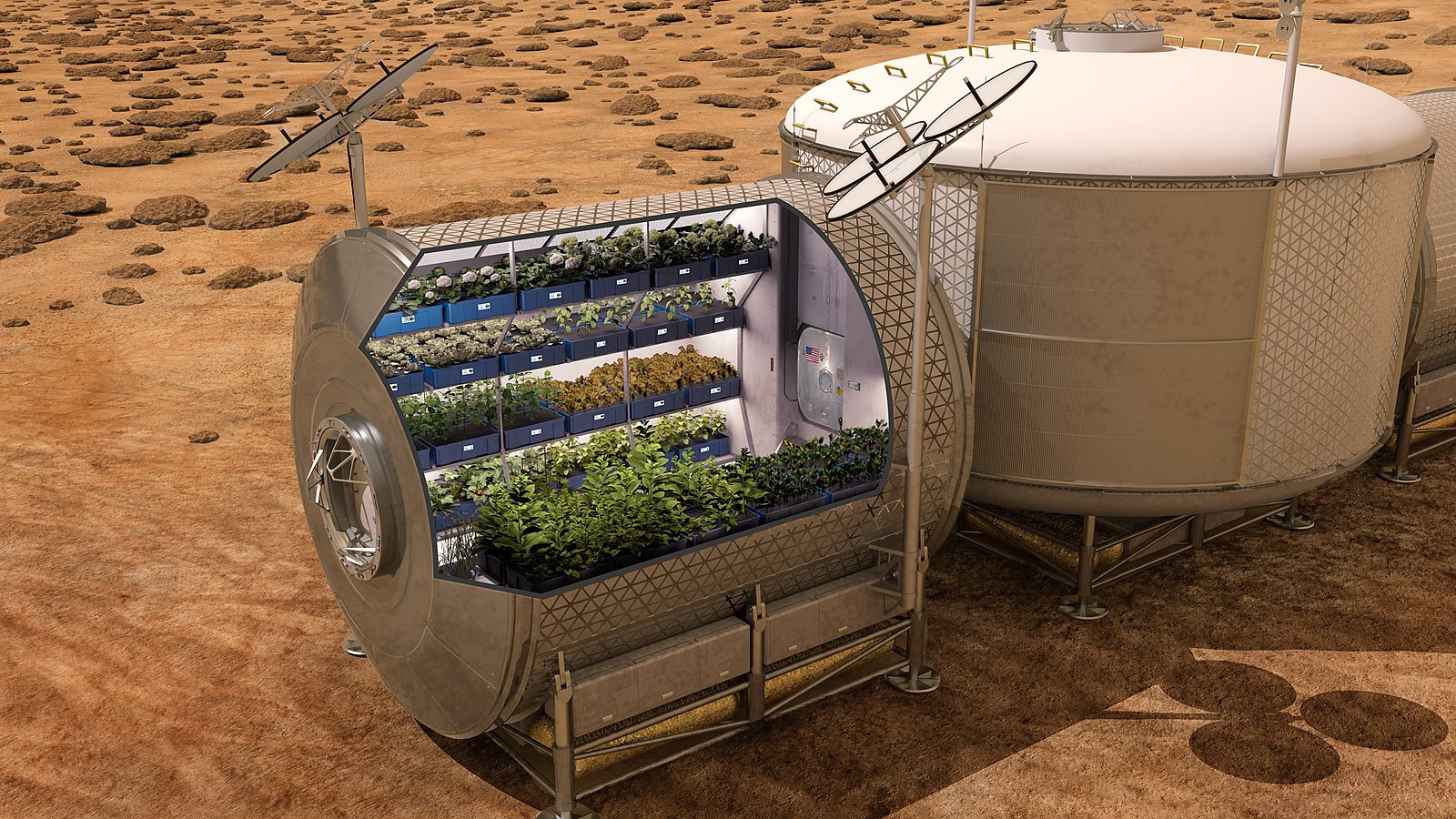
Creating the Simulant:
1. Researching Martian Soil Composition:
Exploring the chemical analysis data from the Curiosity rover to understand the composition of Martian soil, which closely resembles basaltic volcanic rock on Earth but with higher levels of iron oxide.

2. Sourcing Basalt Quarry Analysis:
Contacting a basalt quarry in Cornwall to obtain a mass spectrometry analysis of their basalt, which serves as a close match to Martian soil composition.

3. Tweaking the Composition:
Utilizing a spreadsheet to adjust the composition ratios to align with the Curiosity rover's data, carefully balancing the various components.

4. Procuring and Mixing the Components:
Obtaining a bag of crushed basalt dust, sieving out large particles. Then adding additional compounds such as silicon dioxide, iron oxide, calcium carbonate, calcium sulfate, and magnesium oxide to match the desired simulant composition.
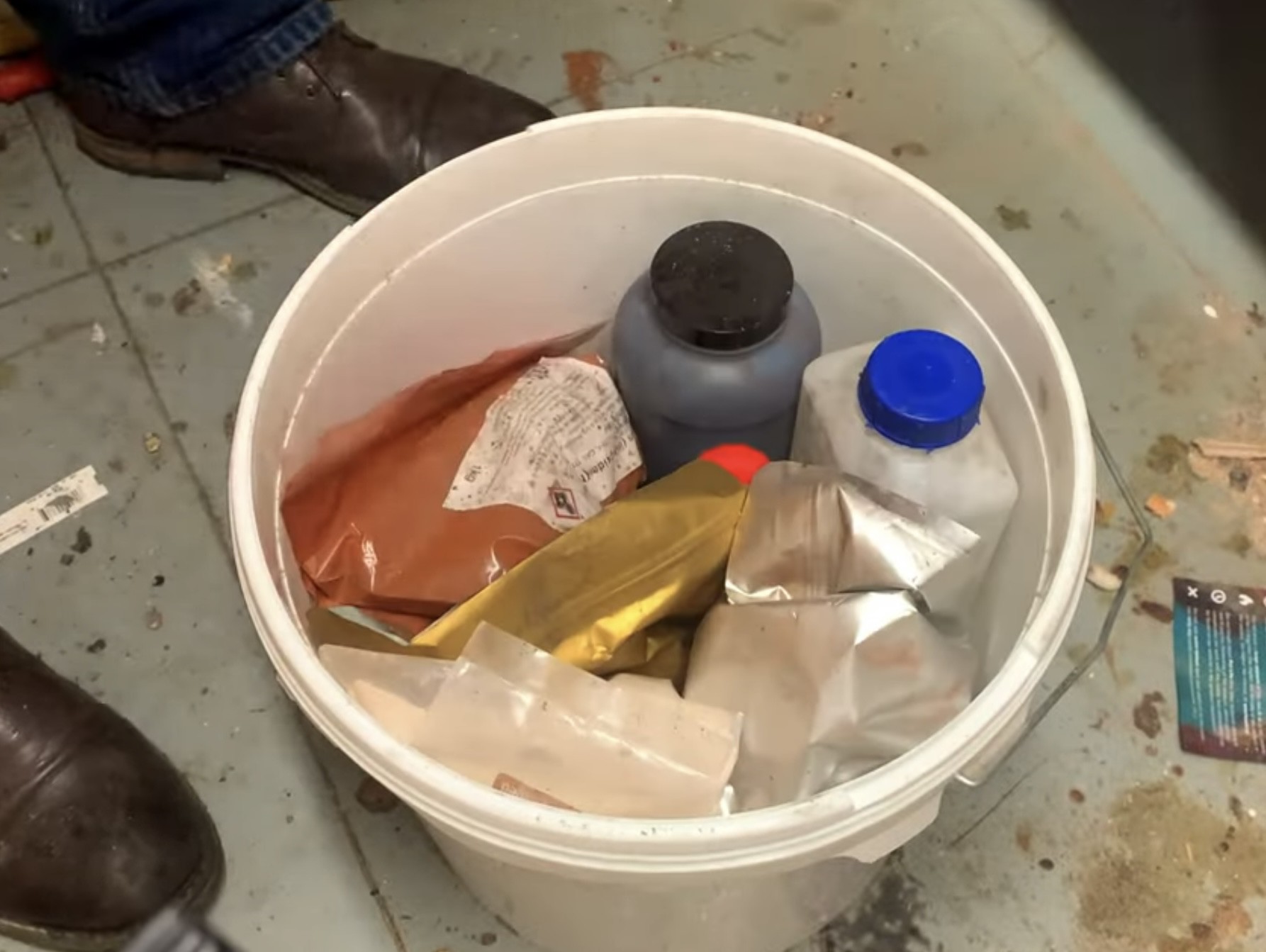

5. Fine-tuning and Packaging:
Thoroughly mixing the components to create the final simulant product, comparing it to the original basalt for reference. Packaging the excess simulant for personal use or sharing with others.
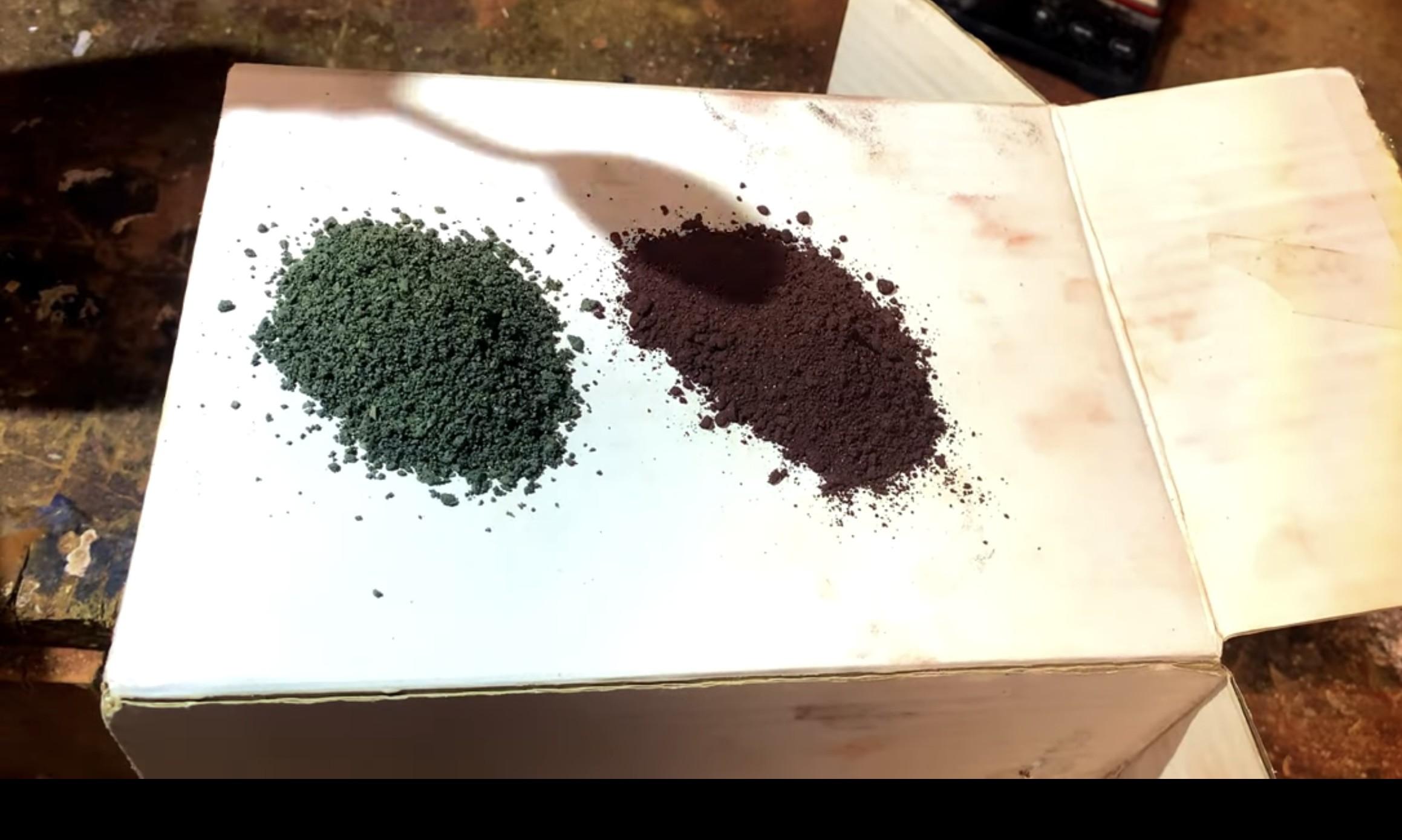

Discussion:
The DIY Martian Regolith Simulant allows you to hold a material that closely resembles Martian soil in your hands, providing a unique opportunity to explore the potential for growing plants or even experimenting with creating Martian-inspired concrete. However, it's crucial to note that the simulant doesn't include perchlorates, a toxic component present in Martian soil. Future Mars colonists will need to treat or wash the regolith to remove perchlorates before using it for plant growth.
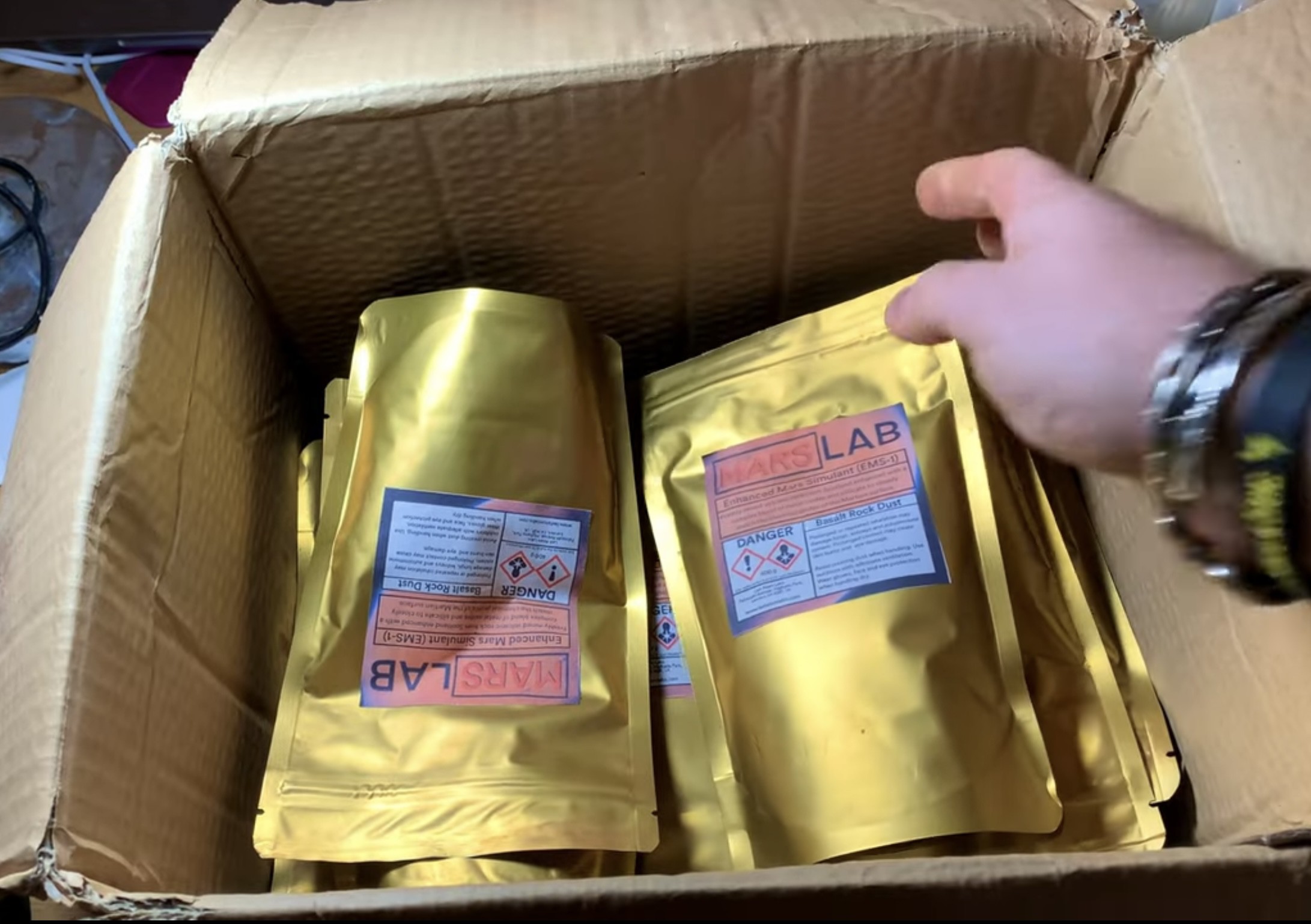
Conclusion:
By replicating Martian soil using basalt and carefully adjusting the composition based on Curiosity rover data, the DIY Martian Regolith Simulant offers a remarkable opportunity to explore the properties of Martian soil right here on Earth. Whether you're interested in gardening experiments, construction materials, or further innovations, this simulant provides a stepping stone to understand the challenges and potential of future Mars missions.
Note: When conducting experiments with the simulant or handling any potentially hazardous materials, always prioritize safety precautions and adhere to proper guidelines.
 Tom Farnell
Tom Farnell
 Davide Cagnoni
Davide Cagnoni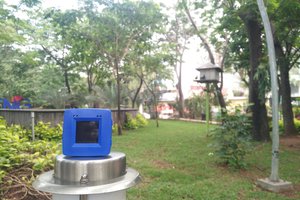
 Hendra Kusumah
Hendra Kusumah
 Dr Andy Woods
Dr Andy Woods